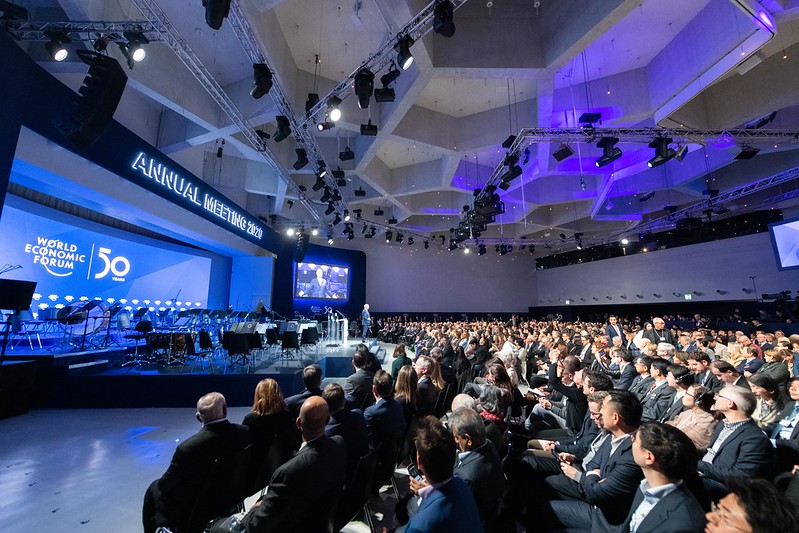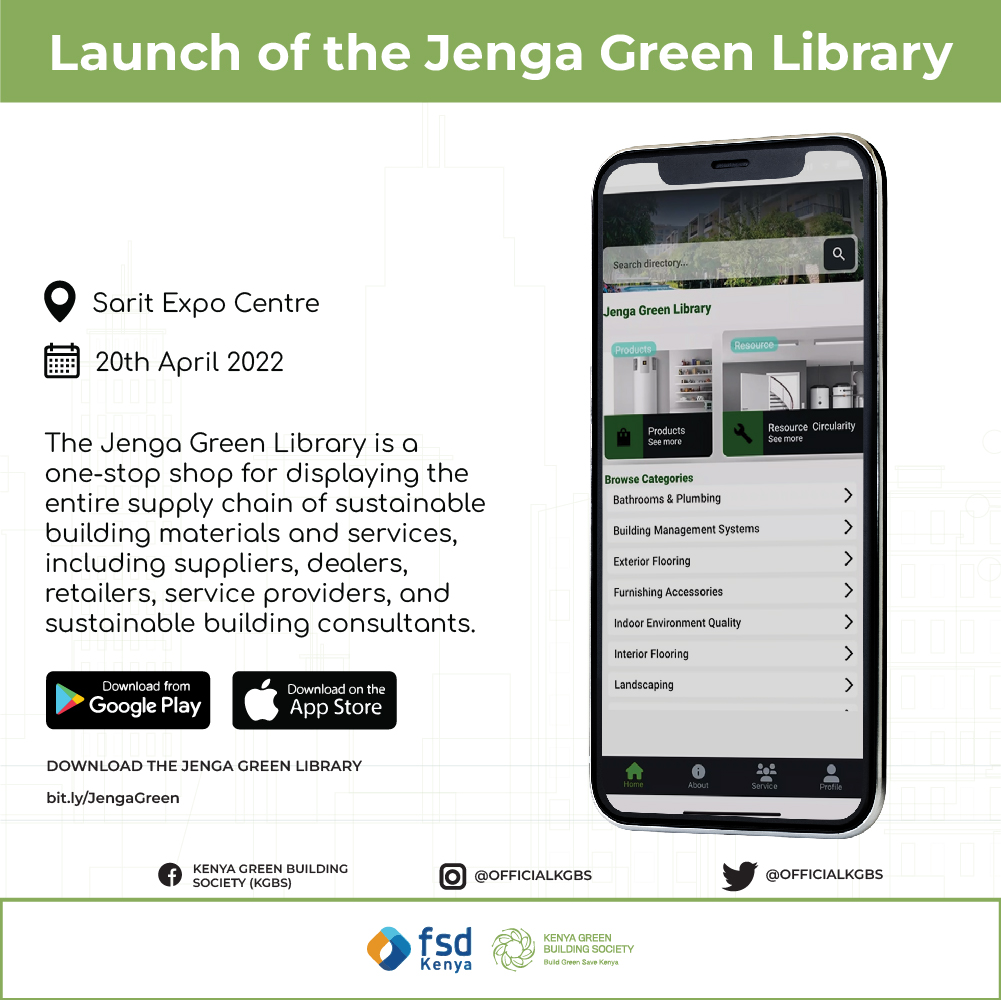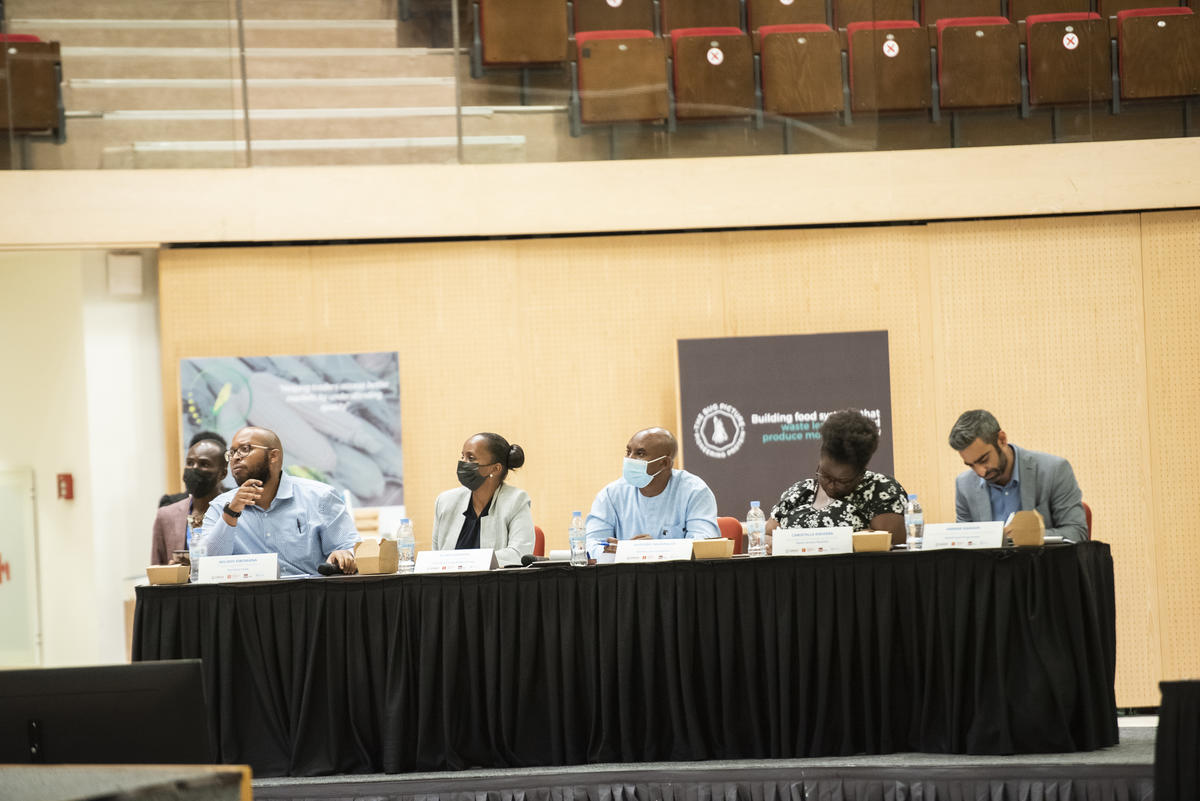Rubis Energy Kenya has partnered with Mobius Motors as the official Mobius service and repair center for the Mobius 3 vehicle, enabling a provision for Mobius owners with nationwide access to service centers at Rubis stations.
Mobius Motors, founded in 2011 by Joel Jackson, is a Kenyan company that builds and assembles vehicles under the Mobius brand. Mobius Motors vision to turn around the market from a pre-dominantly used car market, to new locally made or assembled vehicles for the same price or less than an equivalent used imported model
Mr. Michael Kimani, Rubis Energy Kenya Lubricants Technical and Supply Manager said that the partnership will be available at fourteen stations across the country including Nairobi, Kisumu, Machakos, Kakamega, and Kilifi, offering Mobius 3 owners access to premium car maintenance services.
“Our partnership reiterates our commitment to continuously offer our customers high quality and exceptional standards of service. We have over 25 technicians at the designated Rubis service stations who have been factory-trained by Mobius engineers. In addition, we will be offering genuine and quality Mobius parts that will significantly save motorists time and money,” said Mr. Kimani.
Rubis Energy can boast of having over 240 service stations across Kenya and has a vision of creating a unique ecosystem where customers conveniently find all the products and services they need.
Mobius Motors Commercial Director, Michael Gichuru said that Rubis’ nationwide network of strategically located service stations will offer its customers easy access to high quality and standardized service.
“As more Kenyans purchase Mobius 3, we want to ensure that they have accessible quality after-sales services. We are excited to partner with Rubis Energy Kenya for this service, and we will continue offering specialized remote support to all Rubis Authorized service centers through a dedicated contact center,” said Mr. Gichuru.
The partnership follows Rubis recent launch of XpressFit at select service stations across the country. Other value-adding offerings available at Rubis stations include the ‘enjoy’ convenience store, Brioche – a French-inspired bakery, the Rubis Card, and Rubis Ultra Tec premium fuel.

Through the partnership, Mobius Motors is expected to increase sales of their products within the Kenyan car markets as the ease of access to the spare parts and services would have been a hindrance earlier on to purchasers.
Mobius 3 is a zero mileage locally assembled vehicle that comes with a 3 year, 60,000km warranty all at arguably very good value for money at 3.95M KES Excl. VAT.












